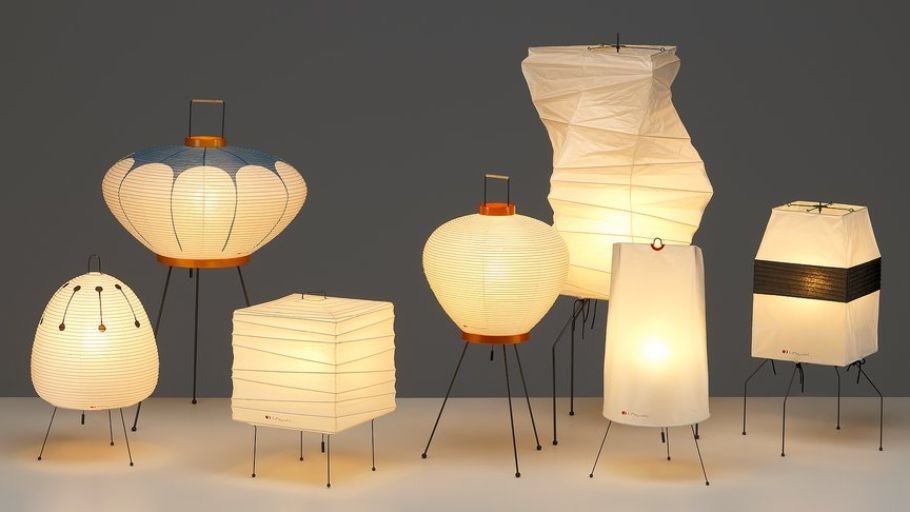NOTES ON COMFORT
It is thought that wanting to be comforted is a desire exclusive to children. It is a sensation that has no place in any “serious” artistic medium. And longing for it, is revealing of an aesthetic immaturity. What is jarring, even disturbing, has been imbued with a kind of artistic potency that comfort has never enjoyed.
Somehow, over the years, modernity has become synonymous with a cold, surreality. Pop culture’s predictions for the future are always painted in silver. Architecture becomes stranger and more sterile, cars fly, the human eye is replaced by a lens.
What is comforting is seen as outdated and pathetic, because it relies on the familiar. And all signs point towards an uncanny future. Who can say why we imagine this to be our destination? Are we so embarrassed by our innate proclivity towards warmth? Because when we take stock of the last hundred years, our predictions have been met a few times, but never to the extent we imagine.
1.) Comfort doesn’t necessarily describe something nice. It describes something that is familiar, which makes the term difficult to pin. It takes you somewhere-- not always back, but definitely not forward.
This might be a rare example of something that is benefitted by acknowledging what it is not:
The paintings of Otto Dix
Hollywood-white teeth
Deep sea video footage
The later works of Don Delillo
Chewing gum advertisements
The font ‘Calibri’
2.) Comfort can be better understood by its practical definition. Comfortable clothing is loose, suggesting its wearers form rather than revealing it. The same applies to comfort as broader sensibility. An object of comfort evokes something you know and love, while not simply being the thing. It retains its character while being reminiscent of different things. It draws a blind contour in red ink.
Here are some comforting things:
Fridge magnets
The lamps of Isamu Noguchi
Cream-colored teeth
New York City subway maps
Shaker furniture, especially when done in pale woods
Italics
Old issues of Reader’s Digest, or National Geographic
3.) Whereas cool, metallic modernity is better in theory, comfort is better in practice. It actually falls short as a concept. This is particularly true because it has no set aesthetic or aesthetic value. The only way comfort can be recognized and cultivated is through living a life long enough to have memories of warmth.
4.) Comfort appreciates over time. In this way it’s similar to the way we regard any kind of ‘classics’. It can easily be dismissed as overrated, especially when contrasted with the sensations of shock and awe that are brought on by dissonance and extremes. It does not incite strong reactions, the supposed hallmarks of depth. So, in turn comfort is perceived as being shallow.
In actuality, comfort is deep in the same way that memorabilia and heirlooms are. It has an inherited richness that can only increase organically, over time. It can be made, with an agenda, although the discerning eye might perceive the difference between premeditated and accidental comfort, and feel, well, discomfort at this. Mostly this exists in children’s literature and branding, which is most often made by adults. This betrays the very thing comfort is supposed to bring us, which is a memory of genuine warmth.
Examples of forced expressions of comfort:
The bear on the sleepy- time tea box
The art of Thomas Kinkade
Dog food ads
Polka dots
The music of Pentatonix
These are all things that rely on the idea that their consumer ever had a fondness for them. And sometimes, that implication of familiarity is enough to fool some into believing the thing that they see before them is, in fact, comforting. But, a second glance always reveals the truth.
5.) Comfort relies on the cyclical disappointment that comes from expecting something that will never come. A cool, glossy future, a new and exciting prospect. Comfort is called upon in hours of need, and it is cheapened in large doses. It is essential to all, from the arbiters of taste to the totally unfazed.
The only really tragic detail of it, is that it has to be gifted. Comfort cannot be found and appreciated in the wild without first having been comforted, by another. Comfort recalls.
6.) Comfort is key.






